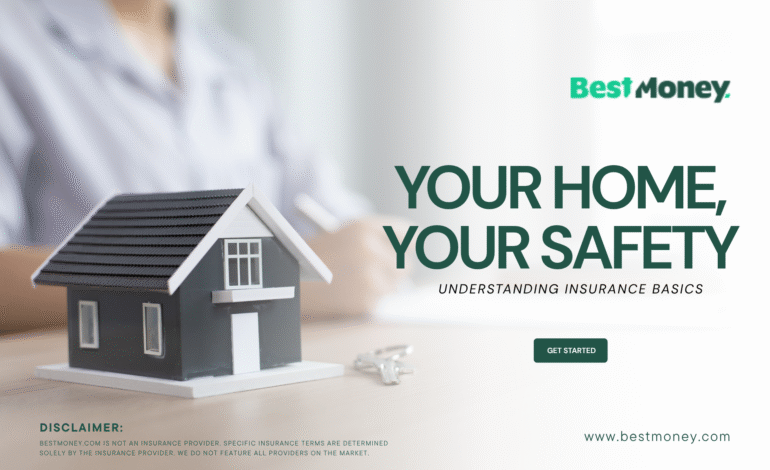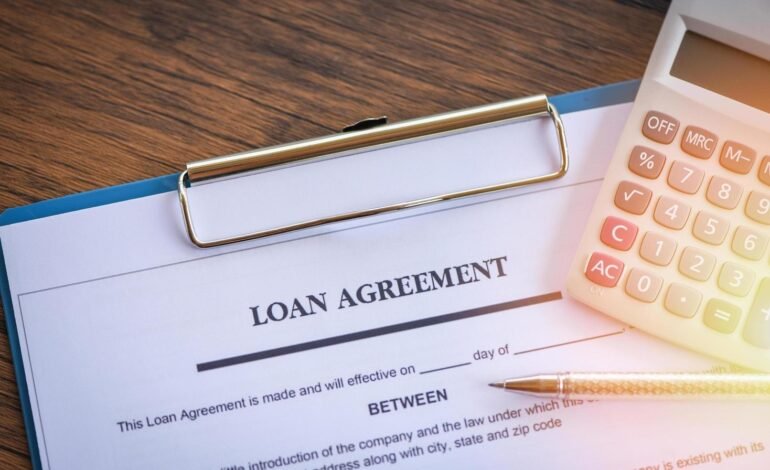Your Home, Your Safety: Understanding Insurance Basics

Homeownership is one of the most significant milestones in life, and with it comes the responsibility of ensuring the safety and security of your property and loved ones. One of the key aspects of protecting your home is understanding home insurance—an essential safety net that can provide financial support in times of unexpected events. This article aims to break down the basics of home insurance and why it’s an investment worth considering.
What is Home Insurance?
Home insurance, also known as homeowners insurance, is a policy designed to protect your home and belongings from various risks, including fire, theft, vandalism, and natural disasters. It not only covers the physical structure of your home but also the personal belongings inside. Additionally, it provides liability coverage in case someone is injured on your property.
Key Components of Home Insurance
- Dwelling Coverage
This covers the structure of your home—your walls, roof, floors, and foundation—against common risks like fire, windstorms, and vandalism. If your home is damaged, dwelling coverage helps pay for the cost of repairs or rebuilding. - Personal Property Coverage
This protects your personal belongings, including furniture, electronics, clothing, and other valuables, from perils like fire, theft, or vandalism. If these items are damaged or stolen, personal property coverage will help replace them, subject to the policy’s terms. - Liability Protection
If someone is injured while on your property, liability protection covers the cost of medical bills, legal fees, and potential settlements. This can be crucial, especially if you are found legally responsible for an injury. - Additional Living Expenses (ALE)
If your home becomes uninhabitable due to a covered loss (such as a fire or severe storm), ALE coverage will help pay for temporary housing, meals, and other living expenses while your home is being repaired or rebuilt. - Medical Payments Coverage
This part of your policy can help cover medical expenses if someone is injured on your property, regardless of who is at fault. It can include hospital bills, doctor visits, and even ambulance fees.
Types of Homeowners Insurance Policies
There are several types of home insurance policies, each offering different levels of protection:
- HO-1 (Basic Form)
This is the most basic coverage and typically includes protection against fire, lightning, hail, explosion, and theft. It is often limited in scope and may not be sufficient for most homeowners. - HO-2 (Broad Form)
A more comprehensive policy than HO-1, it covers a broader range of risks, including vandalism, damage from falling objects, and the weight of snow or ice. - HO-3 (Special Form)
The most common policy, HO-3 covers your home against most risks unless specifically excluded, such as floods or earthquakes. Personal property coverage may still be limited to specific causes of loss. - HO-4 (Renters Insurance)
Designed for renters, this policy protects personal belongings and provides liability coverage but does not cover the structure itself. - HO-5 (Comprehensive Form)
HO-5 policies offer broader coverage than HO-3, covering more perils for both the structure of your home and your personal property. - HO-6 (Condo Insurance)
This policy is intended for condominium owners. It covers personal property and liability, while the condo association typically handles the building’s structure. - HO-7 (Mobile Home Insurance)
This policy is tailored to mobile or manufactured homes, covering both the structure and personal belongings. - HO-8 (Older Home Insurance)
HO-8 is designed for older homes that may not meet the construction standards of newer homes. It provides coverage based on the cost of repairs, rather than the full replacement cost.
Factors Affecting Home Insurance Costs
Several factors influence the cost of your home insurance premiums:
- Location: Homes in areas prone to natural disasters (e.g., floods, earthquakes, or hurricanes) tend to have higher premiums.
- Home’s Age and Condition: Older homes may be more expensive to insure due to outdated materials and potential maintenance issues.
- Coverage Amount: The more coverage you need, the higher your premium will be. This includes both the dwelling and personal property coverage.
- Deductible: A higher deductible can lower your premium, but it means you’ll pay more out of pocket in the event of a claim.
- Claims History: If you’ve made claims in the past, your premiums may increase, as insurers view you as a higher risk.
- Security Features: Homes equipped with security systems, smoke detectors, and fire alarms often receive discounts on premiums, as they are considered less risky.
The Importance of Home Insurance
While no one plans for disasters or accidents, they can happen when least expected. Having home insurance offers peace of mind by ensuring that you have financial protection if your home is damaged, destroyed, or if someone is injured on your property.
Additionally, many mortgage lenders require homeowners to have insurance as part of their loan agreement. Even if you own your home outright, having insurance is a smart decision to safeguard your investment.
Conclusion
Home insurance is an essential safeguard that provides financial protection in case of unexpected incidents. By understanding its key components, types of policies, and factors influencing premiums, you can make an informed decision about the right coverage for your home. It’s always best to review your policy periodically to ensure that it meets your needs and offers adequate protection.



